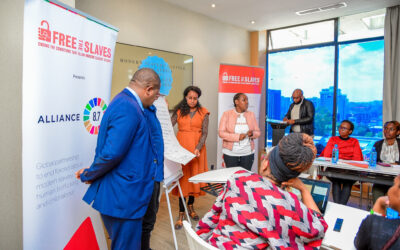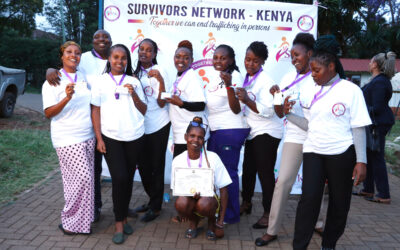June 16 is the Day of the African Child, commemorated throughout Africa as a time to reflect on the status of children and the challenges they face in realizing their human rights. This year’s theme is ending child marriage.
There is growing recognition that the forced marriage of children is a form of slavery. Free the Slaves research inside the Democratic Republic of the Congo has helped establish how forced marriage occurs, how it is hidden in plain view, often without being challenged, and how it adversely impacts both the wives who are enslaved as well as society at large.
“It can begin through abduction and rape,” the Free the Slaves report, Wives in Slavery, explains. “It can be arranged by fathers to repay debts. These brides enter marriage against their will. They are forced to provide labor without compensation. They cannot pursue their own life goals. And they cannot escape.”
It’s been 25 years since the adoption of the African Children’s Charter, which calls for an end to child marriage and child labor. Activists are optimistic that change is coming.
“In just a few years, political commitments to end child marriage have dramatically increased,” says Girls Not Brides, a coalition of 450 organizations including Free the Slaves. “From the launch of an African Union campaign to end child marriage to the development of national strategies on child marriage in a number of countries, what was once a taboo issue is now firmly on the political agenda.”
Learn more about Free the Slaves research into forced marriage of children in Congo here.
Learn more about this year’s theme for the Day of the African child here.



